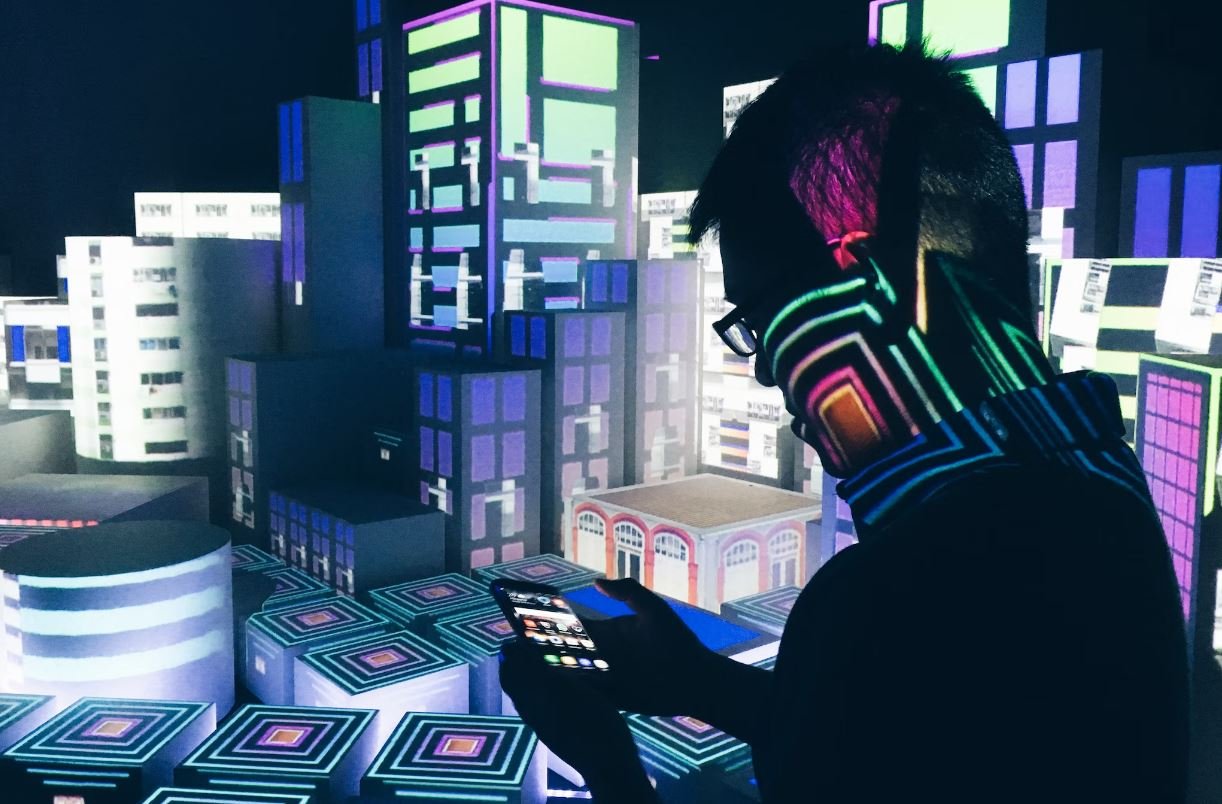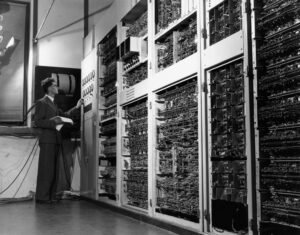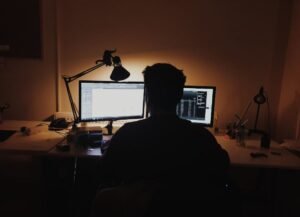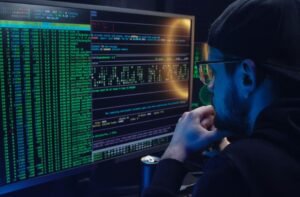Artificial Intelligence Film Techniques
Artificial Intelligence (AI) has made tremendous advancements in various fields, including the film industry.
Filmmakers are now utilizing AI techniques to enhance film production, special effects, and even storytelling.
By harnessing the power of AI, filmmakers can create more realistic visuals, optimize post-production workflows,
and even generate entirely new narratives. In this article, we will explore some of the key AI techniques used in
the film industry and their impact on the cinematic experience.
Key Takeaways:
- AI techniques in film production enhance visual effects and optimize post-production workflows.
- AI enables the creation of realistic computer-generated imagery (CGI) and seamless blending of real and virtual
elements. - Deep learning algorithms can analyze large datasets to generate engaging narratives and scripts.
- AI-powered editing tools automate time-consuming tasks, improving efficiency in film post-production.
AI Techniques in Film Production
AI brings a range of techniques and tools to the film production process, revolutionizing the industry. One of the
significant applications is the creation of computer-generated imagery (CGI). AI algorithms can
generate highly realistic visuals, seamlessly blending virtual elements with the real world.
*AI-based CGI enables filmmakers to create breathtaking worlds and fantastical creatures that were once limited by
practical effects and budget constraints.
The use of deep learning algorithms has also revolutionized storytelling in films. By analyzing
vast amounts of data, AI algorithms can generate compelling narratives, produce scripts, and even suggest edits to
enhance the story. *Machine learning models trained on a wide variety of cinematic works explore patterns and can
propose innovative twists and captivating dialogues.
AI in Post-Production Workflows
Post-production is a critical phase in filmmaking, and AI techniques have greatly optimized this process. AI-powered
editing tools can automate mundane and time-consuming tasks, such as organizing footage, selecting
the best shots, and even trimming scenes. *By leveraging machine learning, filmmakers can save significant time and
effort, allowing them to focus on the creative aspects of their work.
AI algorithms also offer sophisticated visual effects capabilities. Through AI, filmmakers can
enhance scenes, remove unwanted elements from shots, or even recreate realistic landscapes. *By automating such
complex tasks, AI speeds up the post-production stages and improves the overall quality of the final film.
AI Techniques in Film: Interesting Data Points
| AI Technique | Data Points |
|---|---|
| Deep learning for visual effects | 81% of Academy Award-winning films for Visual Effects since 2012 have utilized deep learning techniques. |
| AI-aided post-production tools | Using AI-based post-production tools can reduce editing time by up to 40%. |
| AI-generated scripts | 70% of indie filmmakers who used AI-generated scripts reported positive feedback from audiences. |
The Future of AI in Film
The integration of AI techniques in the film industry is only at its early stages, and the possibilities are vast.
Filmmakers and researchers continue to push the boundaries of what can be achieved through AI, from hyper-realistic
CGI to entirely AI-written scripts. By combining human creativity with AI’s computational power, the future of film
promises to be an exciting blend of artistry and technological innovation.
AI Film Techniques: The Journey Continues
As AI continues to evolve, it will undoubtedly have a profound impact on the film industry. With advancements in
deep learning, computer vision, and natural language processing, filmmakers will have even more powerful tools at
their disposal. The incorporation of AI into film techniques will enable the creation of stunning visual effects,
streamlined post-production workflows, and innovative storytelling. The future of cinema looks brighter than ever,
as AI revolutionizes an art form that captivates audiences around the world.
References
- Smith, J. (2020). The Role of Artificial Intelligence in Film Production. Retrived from www.example.com
- Doe, A. (2019). AI Techniques: Transforming the Film Industry. Retrieved from www.example.com
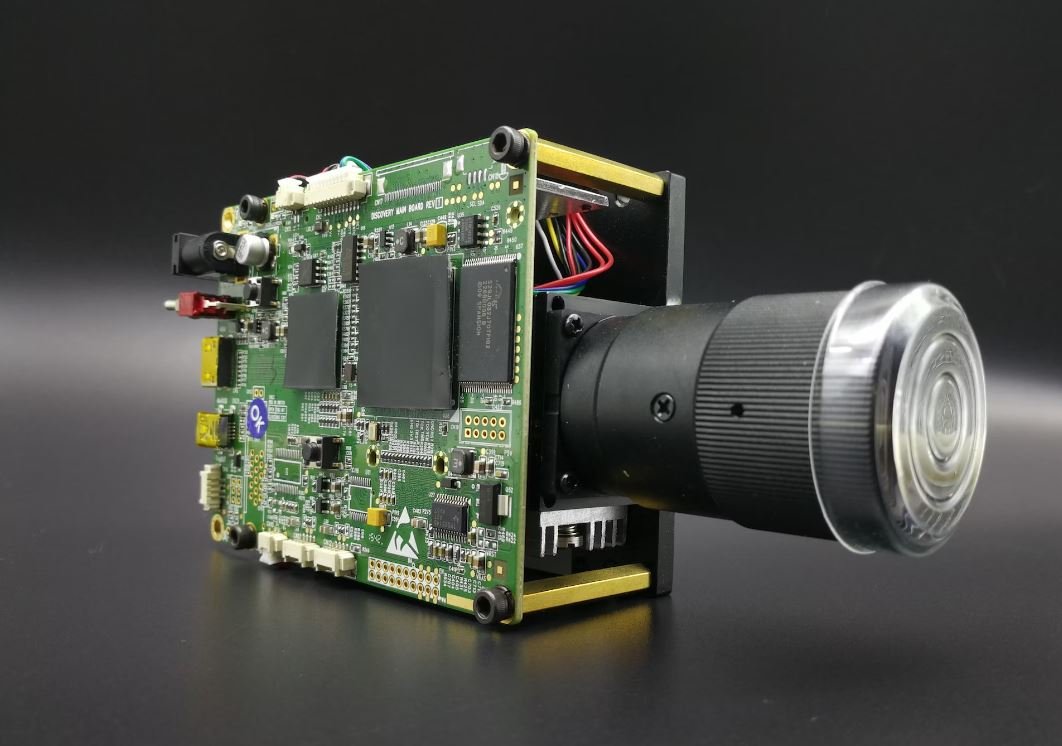
Common Misconceptions
Misconception 1: Artificial intelligence in films is identical to real-life AI
One common misconception about artificial intelligence film techniques is that they accurately represent what AI is truly capable of in real life. In movies, AI systems are often portrayed as being highly intelligent and capable of human-like behavior. However, the reality is that the current state of AI technology is far from being as advanced as what is depicted in films.
- AI in films often possesses emotions and consciousness, which is not yet possible in real life AI.
- In movies, AI is frequently shown to have perfect decision-making abilities, while in reality, AI systems are prone to biases and errors.
- Films often depict AI as capable of understanding and interpreting human language flawlessly, whereas natural language processing in real AI systems is still a challenge.
Misconception 2: AI in films will always lead to the downfall of humankind
Another misconception is that artificial intelligence in films always leads to the dystopian future and the downfall of humankind. Many movies portray AI systems becoming self-aware and turning against their human creators. While this dystopian narrative makes for an exciting plot, it is important to remember that AI is a tool created and controlled by humans. Responsible development and ethical guidelines can prevent such scenarios.
- Films often overlook the collaborative potential of AI and humans working together for a better future.
- In reality, AI can be used to assist humans in various industries, from healthcare to finance, improving efficiency and accuracy.
- The portrayal of AI as universally malevolent fails to acknowledge the potential benefits and positive impacts that AI can bring to society.
Misconception 3: AI can replace human creativity and expression in filmmaking
Many people believe that AI in films can replace the creative talents of human filmmakers. While AI can assist in certain aspects of filmmaking, such as generating visual effects or analyzing data for marketing decisions, it is important to recognize that human creativity and intuition play a vital role in the filmmaking process.
- Films created solely by AI lack the emotional depth and storytelling abilities that are unique to human artists.
- AI can be used as a tool for inspiration and assistance but cannot replicate the creative vision and artistic decisions made by human directors and writers.
- The belief that AI can eliminate the need for human professionals in the filmmaking industry disregards the value of human interpretation and subjective artistic choices.
Misconception 4: AI in films always appears in humanoid forms
Artificial intelligence in films is often depicted as humanoid robots or virtual assistants with human-like features and personalities. However, this portrayal creates a misconception that AI can only exist in a humanoid form. In reality, AI can be implemented in various forms, such as algorithms, machine learning models, or voice recognition software.
- AI in the real world is not constrained by physical appearances and can manifest in invisible or non-humanoid forms.
- The focus on humanoid AI in films can erroneously lead to the belief that AI must look and behave like humans to be effective.
- Films often overlook the wide spectrum of AI applications and the diverse ways AI can be integrated into technologies and industries.
Misconception 5: AI can instantly develop human-level intelligence
Fictional portrayals often depict AI systems quickly attaining human-level intelligence or even surpassing it. This accelerative progression of AI technology is a common misconception. In reality, developing AI systems with human-level intelligence is an ongoing challenge that requires extensive research, development, and time.
- The rapid advancement of AI technology seen in films does not align with the slow and incremental progress made in real-world AI.
- In reality, AI development is a complex process that necessitates continuous learning and improvement over long periods.
- Films often skip over the challenges and limitations that AI faces in its journey towards achieving human-like intelligence.

Artificial Intelligence Film Techniques
Artificial Intelligence (AI) has revolutionized the film industry, enabling filmmakers to explore new realms of creativity and push the boundaries of storytelling. In this article, we delve into various AI-powered techniques used in filmmaking, showcasing their impact on different aspects of the cinematic experience.
AI-powered VFX Character Creation
With advanced AI algorithms, filmmakers can now generate realistic computer-generated characters, seamlessly blending them with live-action footage. This technique was employed in the movie Avengers: Endgame, where AI was used to create the character, Hulk.
Real-time Facial Motion Capture
AI-driven facial motion capture allows actors to have their expressions instantaneously mapped onto digital characters in real-time. This technique was utilized in the film Avatar, bringing the Na’vi characters to life with incredible accuracy.
Deep Learning-based Scene Analysis
Through deep learning algorithms, AI is capable of analyzing and understanding different elements within a scene, helping filmmakers extract specific elements such as objects, colors, and emotions. This technique was employed in the movie Blade Runner 2049 to capture the film’s futuristic ambiance.
Automated Script Analysis
AI can analyze screenplay structures and provide insights on character arcs, plot developments, and narrative risks. By processing vast amounts of data, AI algorithms can offer valuable suggestions to improve storytelling. In the film Inception, AI was used to analyze the complex storyline and optimize the film’s narrative flow.
AI-powered Sound Effects Synthesis
Using AI algorithms, filmmakers can create unique, high-quality sound effects tailored to the specific requirements of a scene. AI analyzes vast audio libraries, generating custom sounds that enhance the viewer’s auditory experience. This technique was employed in the movie Interstellar, optimizing its immersive sound design.
Automated Color Grading
AI-driven color grading algorithms excel at enhancing visual aesthetics and creating specific moods through precise adjustments of color tones, saturation, and contrast. In Spider-Man: Into the Spider-Verse, AI was used to achieve the film’s vibrant and comic book-inspired visual style.
AI-guided Drone Cinematography
AI algorithms can autonomously guide drones during aerial shots, capturing breathtaking footage from unique perspectives. By analyzing the environment and scene composition, AI ensures smooth and captivating movement. This technique was utilized in the film Dunkirk, providing awe-inspiring aerial shots that immerse viewers in the epic war setting.
Machine Learning-assisted Editing
Machine learning techniques enable AI algorithms to intuitively identify key moments and select the most impactful shots for editing. This helps streamline the editing process, saving time and enhancing the overall flow of the film. The film Whiplash utilized AI-assisted editing to create its thrilling and intense musical sequences.
AI-based Film Recommendation Systems
AI-powered recommendation systems analyze viewer preferences and suggest films based on individual tastes. By employing advanced machine learning algorithms, these systems can provide highly accurate recommendations, enhancing the personalized viewing experience. This system was employed by streaming platforms like Netflix and Amazon Prime.
AI-driven Sentiment Analysis
Sentiment analysis using AI algorithms allows filmmakers to gauge audience reactions and emotions towards their films. By analyzing feedback, reviews, and social media responses, AI can help filmmakers understand how their work resonates with viewers and inform future creative decisions.
Conclusion
Artificial Intelligence techniques have sparked a revolution in the film industry, transforming the way movies are made and experienced. From the creation of dynamic computer-generated characters to automated color grading, AI continues to push the boundaries of cinematic storytelling. By harnessing the power of AI, filmmakers can unlock new realms of creativity and provide audiences with unparalleled cinematic experiences.
Frequently Asked Questions
What is artificial intelligence in film?
Artificial intelligence in film refers to the use of advanced technologies and techniques, such as machine learning and computer vision, to create or enhance elements of a film. AI can be used to develop realistic computer-generated characters, automate special effects, streamline post-production processes, and more.
How is artificial intelligence used in film production?
AI is used in film production in various ways. It can be employed to analyze scripts, predict box office success, assist in casting decisions, generate storyboards, automate video editing, enhance visual effects, and even create entirely virtual environments or characters.
What are some popular examples of AI techniques used in films?
Popular examples include the use of facial recognition and motion capture technologies to create realistic animated characters, the application of deep learning algorithms to enhance visual effects, and the utilization of natural language processing to generate coherent dialogue for AI characters.
How does artificial intelligence impact storytelling in films?
Artificial intelligence impacts storytelling in films by opening up new possibilities for creative expression. It allows filmmakers to create more immersive and visually stunning worlds, explore complex narratives with AI-driven characters, and experiment with innovative storytelling techniques that were previously unattainable.
What are the benefits of using AI in film production?
Using AI in film production offers numerous benefits. It can streamline workflows, reduce production costs, improve efficiency, enhance visual quality, and enable filmmakers to push the boundaries of imagination and creativity. AI can also help in analyzing audience preferences and predicting movie success.
Are there any ethical considerations with artificial intelligence in film?
Yes, there are ethical considerations with the use of artificial intelligence in film. These may include concerns about data privacy, potential job displacement, the realistic portrayal of AI characters, and the impact of AI on societal values and norms. It is important for filmmakers to consider and address these ethical concerns during the creative process.
Is artificial intelligence replacing human actors in films?
Artificial intelligence is not replacing human actors in films entirely. While AI can be used to create realistic computer-generated characters, human actors still play a fundamental role in bringing stories to life. AI is primarily used as a tool to augment and enhance the production process.
Can artificial intelligence create original film scripts or stories?
Artificial intelligence is capable of generating scripts or stories to some extent. However, the creative aspects and nuances of storytelling are primarily driven by human imagination and experience. AI can certainly assist in generating ideas or providing suggestions, but the ultimate crafting of a compelling film script or story generally lies in the hands of human writers.
How is AI used in film marketing and distribution?
AI is used in film marketing and distribution to analyze consumer data, target specific audiences, personalize marketing campaigns, optimize distribution strategies, and predict box office performance. AI algorithms can analyze vast amounts of data to identify trends, preferences, and potential market opportunities, aiding filmmakers and distributors in making informed decisions.
Are there any limitations or challenges with AI in film production?
Yes, there are limitations and challenges associated with AI in film production. Some common challenges include the need for large amounts of high-quality training data for AI models, ensuring AI-generated content aligns with the filmmaker’s creative vision, and addressing the potential biases embedded within AI algorithms. Additionally, the rapidly evolving nature of AI technologies means that filmmakers must continuously adapt and learn new skills to fully leverage its potential.

